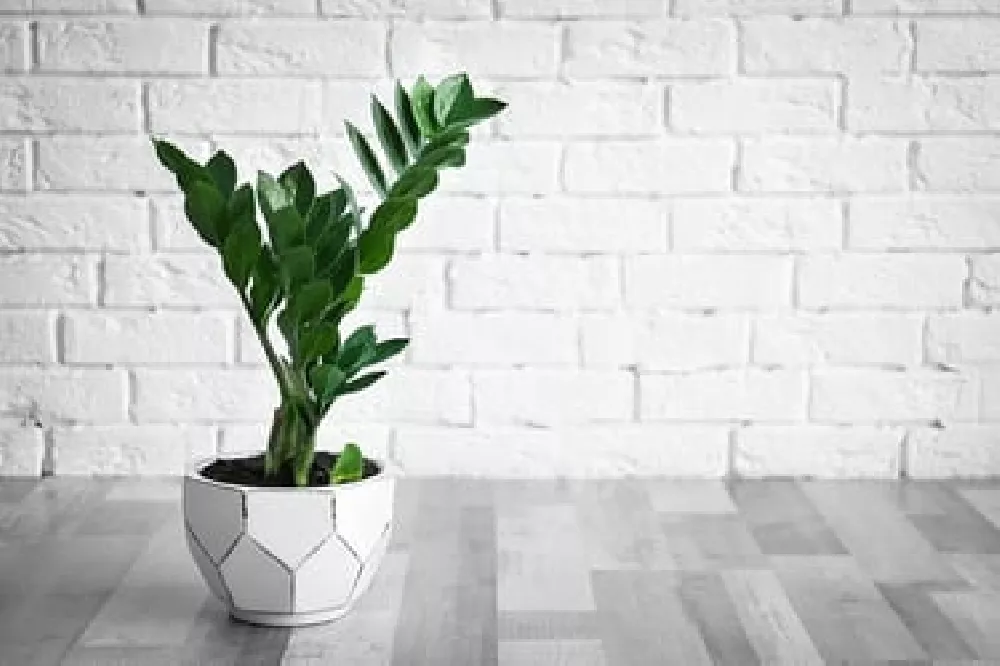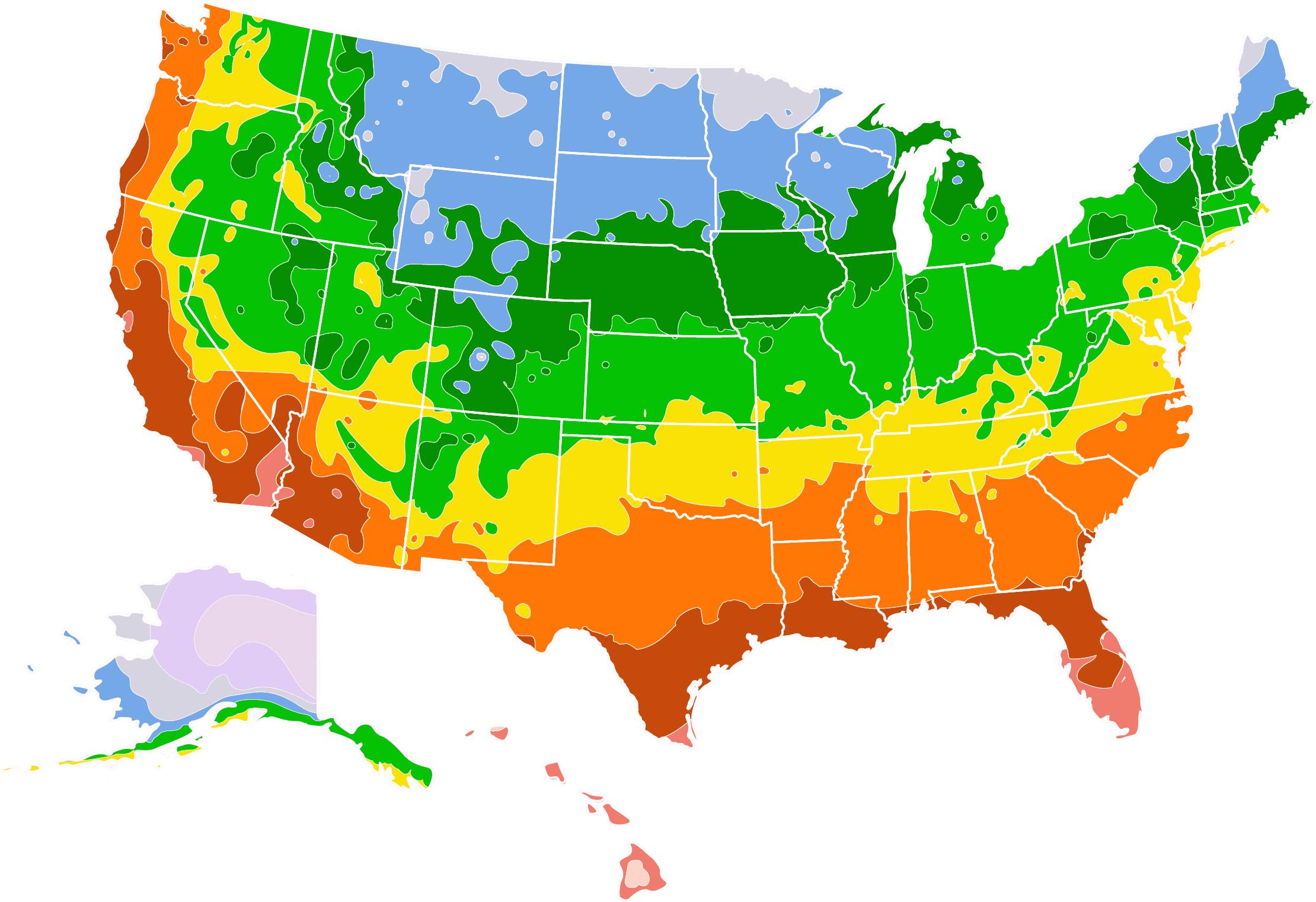- Home >
- Houseplants >
- ZZ Plant
ZZ Plant for Sale
- Ships in 1-2 days
- 1-Year Warranty Eligible
- Pots or accessories are not included unless specified in the product options.
Shipping Details:
Products shipped through FastGrowingTrees.com. Once your order is shipped, you’ll receive an email with a tracking number and estimated delivery date. Most orders will ship immediately.
The Zamioculcas zamiifolia — aka the ZZ plant — is a tough yet attractive Eastern Africa native plant. It can tolerate less-than-ideal conditions while still adding beauty to any indoor space with its smooth, shiny leaves that range from light lime green to deep emerald. Here are some other facts about the ZZ plant:
- It's a good choice for rooms that don’t receive much natural light.
- It can survive even when it misses a few waterings.
- It doesn’t necessarily need fertilizing in order to thrive.
Plant Care
Sunlight

Needs indirect sunlight.
Watering
Water about once per month or less. Let the soil dry out completely before adding more water.
Fertilizing

Apply fertilizer monthly spring through fall. Balanced, all-purpose fertilizers work best.
Planting & Care
Planting instructions
ZZ plants are indoor plants. Most well-draining potting soils will do, including soils that include sand or perlite. You should also choose a pot with drainage holes to ensure that the plant’s roots don’t get soggy.
As you’re potting your ZZ plant, make sure the soil is aerated and not packed too tightly. Once your ZZ plant is potted, you can place it just about anywhere, as long as it will not receive bright, direct sunlight, which can cause leaves to curl, yellow, or lean. ZZ plants do best in indirect sunlight.
Watering and nutrients
With ZZ plants, overwatering is more damaging than underwatering. As semi-succulents, ZZ plants have a rhizome root system that stores water in case of drought. Therefore, these plants do not need to be watered frequently. Generally speaking, you should water your ZZ plant when the soil is mostly dried out. Depending on how much light the plant gets, this may equal a sprinkle every three to four weeks, but going longer between waterings won’t severely harm your plant. Fertilizing a ZZ plant isn’t essential, but a half-strength liquid fertilizer once or twice per summer can enhance its growth.
Pruning
When it comes to pruning a ZZ plant, less is more. Pruning is typically only necessary if you have yellowing leaves you want to remove, or if the plant is growing too large for its space. ZZ plants are relatively slow growers. If you prune your ZZ plant all the way back, the leaves will return, but it may take awhile. When pruning a ZZ plant, use clean, sharp shears, or scissors.
Pests and diseases
The most common disease ZZ plants suffer from is root rot, as a result of overwatering and soggy soil. The best way to avoid this is to ensure the plant’s soil is dry before watering. Yellowing leaves are an indicator of root rot. Keep an eye out for aphids and mealybugs, which yellow or white spots on the plant’s leaves. If you have an infestation, you can clear it up by washing the leaves with a mild soap and water solution.
FAQs
Are ZZ plants toxic?
Yes. All parts of the ZZ plant are toxic to humans and common housepets, including cats and dogs. If ingested, side effects include vomiting, diarrhea, and stomachache. Some individuals also report skin and eye irritation from direct contact with the leaves. It’s important to keep ZZ plants out of reach of children and pets that might nibble on the leaves or stems.
How large do ZZ plants grow?
ZZ plants can be kept relatively small. When placed in a large, heavy-bottomed pot, ZZ plants can grow to about one foot tall or reach up to three feet in height. ZZ plants grow relatively slowly, so they can take a few years to reach their full height. ZZ plants do grow slightly faster if they receive more sunlight, but be careful not to overexpose the plant to bright, direct sunlight.
How often should you repot a ZZ plant?
Because ZZ plants are not exceptionally fast growers, they do not need to be repotted often. Every few years is fine, depending on how quickly the plant is growing. As ZZ plants can grow up to three feet tall, repotting them in a larger planter will help encourage taller growth. If you want your ZZ plant to remain the same size, repot it in the same container to minimize growth.
Why are my ZZ plant’s leaves turning brown?
Brown leaves can be indicative of a few issues. If you’re watering your plant with tap water, chemical build-up in the soil could be causing the brown leaves. Try switching to filtered water. It could also be a lack of humidity in the air. Try misting the plant leaves regularly or using a pebble tray to increase the moisture in the air.










